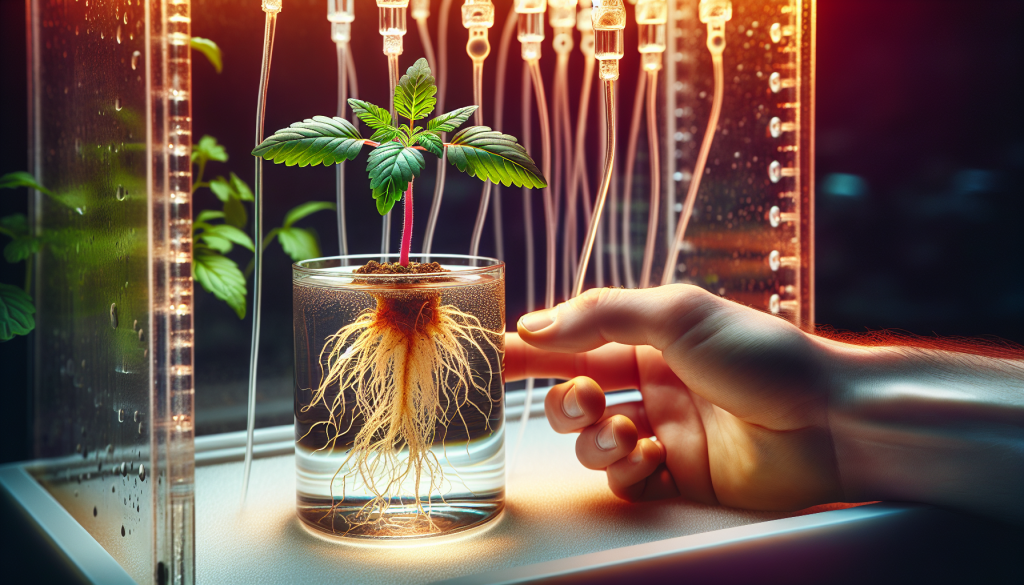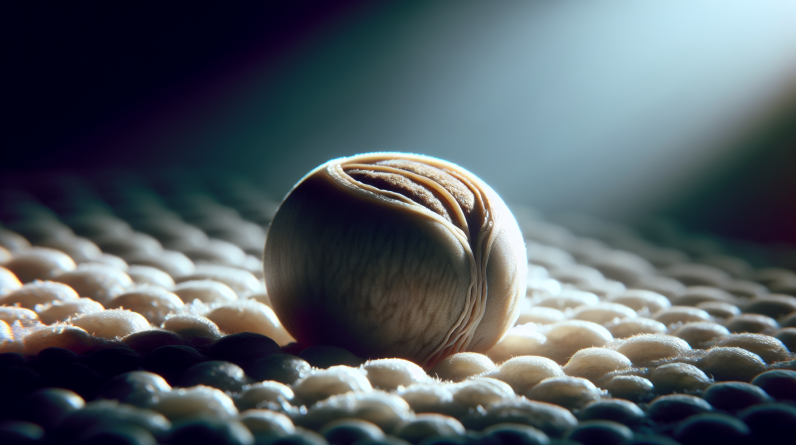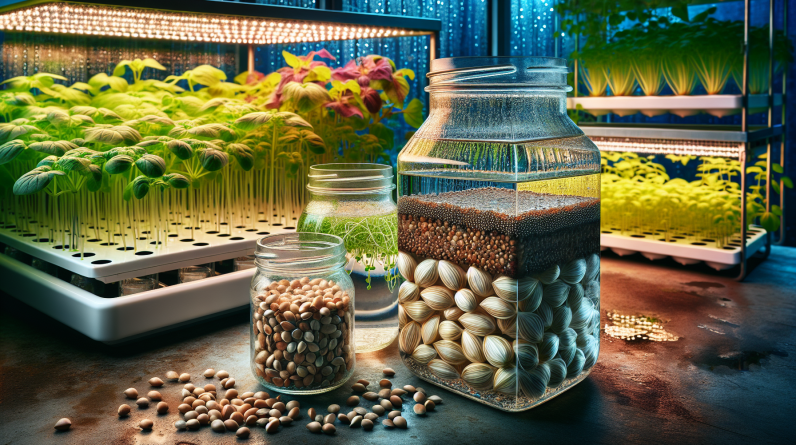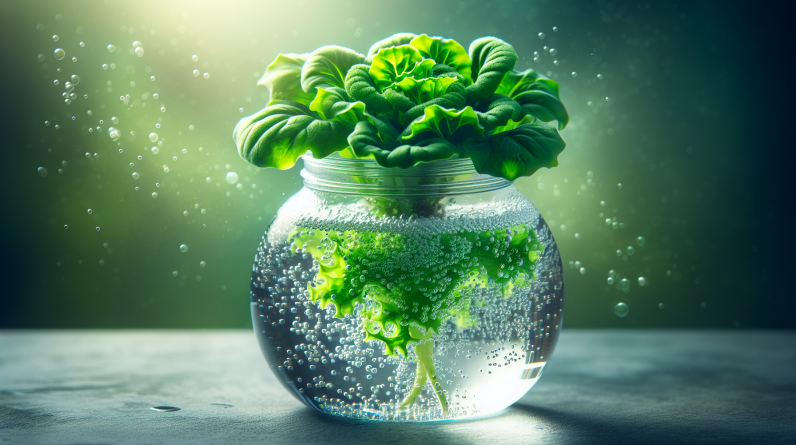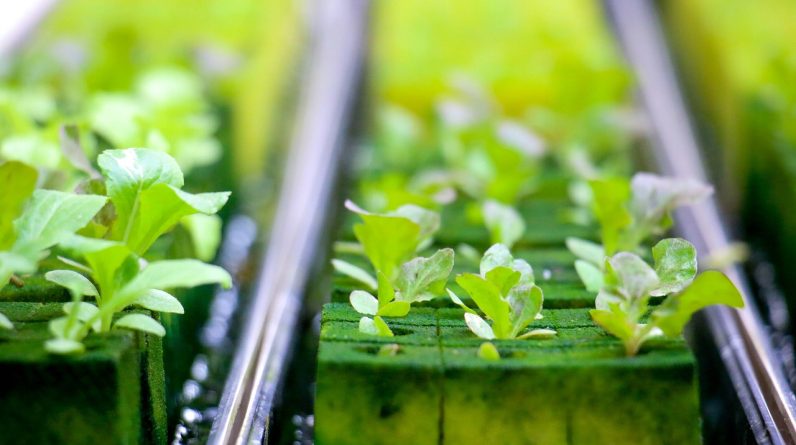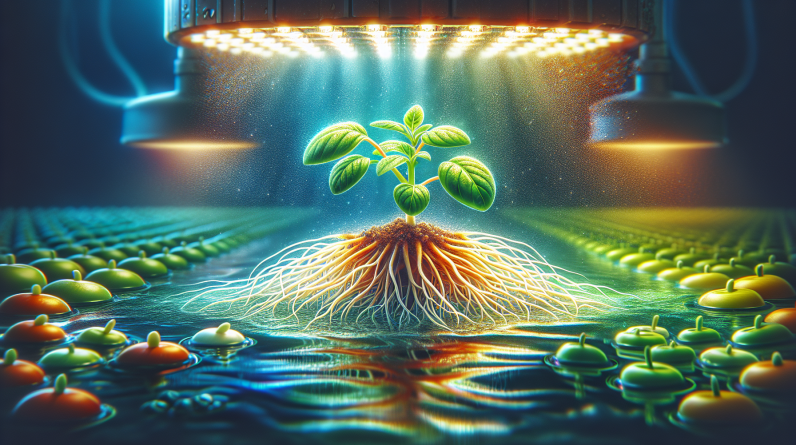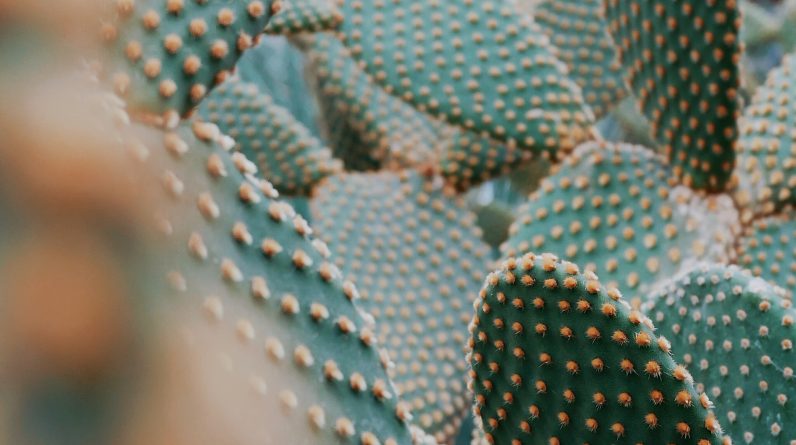
Imagine growing seedlings in a unique and efficient way, without the need for soil. By utilizing a technique called hydroponics, you can nurture and cultivate your plants in a water-based environment, all while enjoying impressive results. But how exactly do you go about growing hydroponic seedlings? This article will guide you through the fascinating process, providing you with insightful tips and techniques to help you successfully cultivate your own vibrant and healthy plants. Whether you’re a seasoned gardener or just beginning to explore the world of hydroponics, get ready to embark on a rewarding journey as you discover the art of growing hydroponic seedlings.
Choosing the Right Hydroponic System
When it comes to hydroponic gardening, the first step is to choose the right hydroponic system for your needs. There are various factors to consider when making this decision. One important consideration is the space available for your hydroponic setup. If you have limited space, a smaller hydroponic system such as a deep water culture or an aeroponic system may be more suitable. On the other hand, if you have a larger space and want to grow a wide variety of plants, a nutrient film technique or a drip irrigation system might be a better option.
Another factor to consider is the level of experience you have with hydroponics. Some systems, like an ebb and flow system, require more technical knowledge and maintenance compared to simpler systems like a wick system. If you are new to hydroponics, starting with a simpler system may be a good idea to build your confidence and understanding of the principles involved.
The type of plants you intend to grow is also an important consideration. Certain plants have different nutrient and environmental requirements. For example, leafy greens like lettuce and spinach thrive in a nutrient film technique system, while fruiting plants like tomatoes and peppers do well in a drip irrigation system. It’s important to research and understand the specific needs of your chosen plants to ensure they thrive in your chosen hydroponic system.
Selecting Quality Seeds
The success of your hydroponic garden depends greatly on the quality of seeds you choose. Quality seeds are essential for healthy and vigorous seedling growth, which in turn leads to strong and productive plants. When selecting seeds for your hydroponic garden, there are a few criteria to keep in mind.
Firstly, choose seeds that are specifically labeled for hydroponic or greenhouse use. These seeds are typically treated to reduce the risk of diseases and are specifically bred for optimal growth in controlled environments. They are often more disease-resistant and have a higher germination rate compared to regular seeds.
Additionally, look for seeds that have a high germination rate. This information is usually provided on the seed packet or can be found online. A high germination rate ensures that the majority of your seeds will successfully sprout, giving you a higher chance of a successful crop.
Lastly, consider selecting varieties that are well-suited for hydroponic growing conditions. Certain plants, such as lettuce, basil, and herbs, have varieties that are specifically bred for hydroponics. These varieties tend to have shorter growth cycles, compact growth habits, and are adapted to thrive in nutrient-rich solutions.
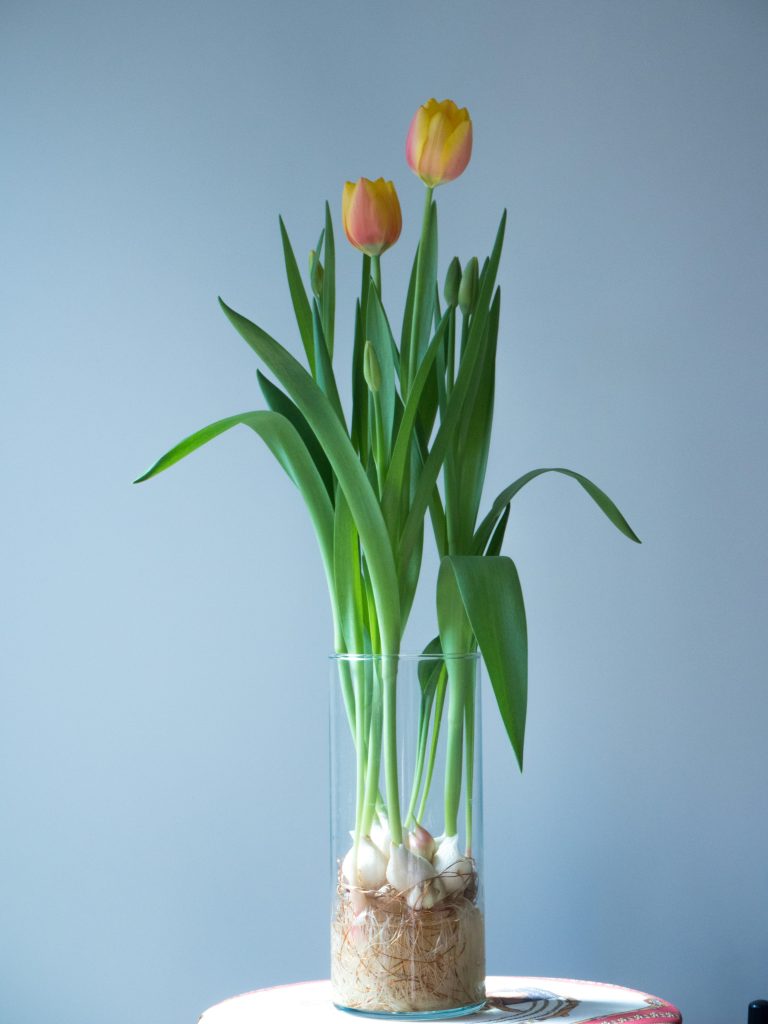
This image is property of images.unsplash.com.
Preparing the Growing Medium
Once you have selected your hydroponic system and seeds, it’s time to prepare the growing medium. The growing medium serves as a support structure for the roots and helps to anchor the plants in place. It also provides aeration and moisture retention for the roots.
Choosing the right growing medium depends on the type of hydroponic system you are using. Some common options include rockwool, coconut coir, perlite, and vermiculite. Each medium has its own advantages and disadvantages, so it’s important to research and choose the one that best suits your needs.
After selecting the growing medium, it’s essential to sterilize it before use. This helps prevent the introduction of harmful bacteria, fungi, or pests that could harm your seedlings. Sterilization methods vary depending on the type of medium chosen, but common techniques include baking in an oven, boiling, or treating with a dilute hydrogen peroxide solution. Following the appropriate sterilization process ensures a clean and healthy environment for your seedlings to grow.
Providing Ideal Environmental Conditions
Creating and maintaining ideal environmental conditions is crucial for the successful growth of hydroponic seedlings. Two key factors to consider are temperature and humidity control, and lighting requirements.
Temperature and humidity control are important because they directly impact the growth and development of your seedlings. Most hydroponic seedlings thrive when the temperature is between 65 and 75 degrees Fahrenheit, with a relative humidity of around 60%. It’s important to invest in a quality thermometer and hygrometer to monitor and maintain these conditions. Additionally, using a thermostat-controlled heater or air conditioner can help maintain a stable temperature and humidity level.
In terms of lighting requirements, seedlings require adequate light to promote healthy growth. High-intensity grow lights such as fluorescent or LED lights are commonly used in hydroponic setups. The specific light intensity and duration vary depending on the type of plant being grown, but a general guideline is to provide 12-16 hours of light per day for optimal growth. Adjusting the distance between the lights and seedlings helps ensure they receive the right amount of light without causing heat stress.
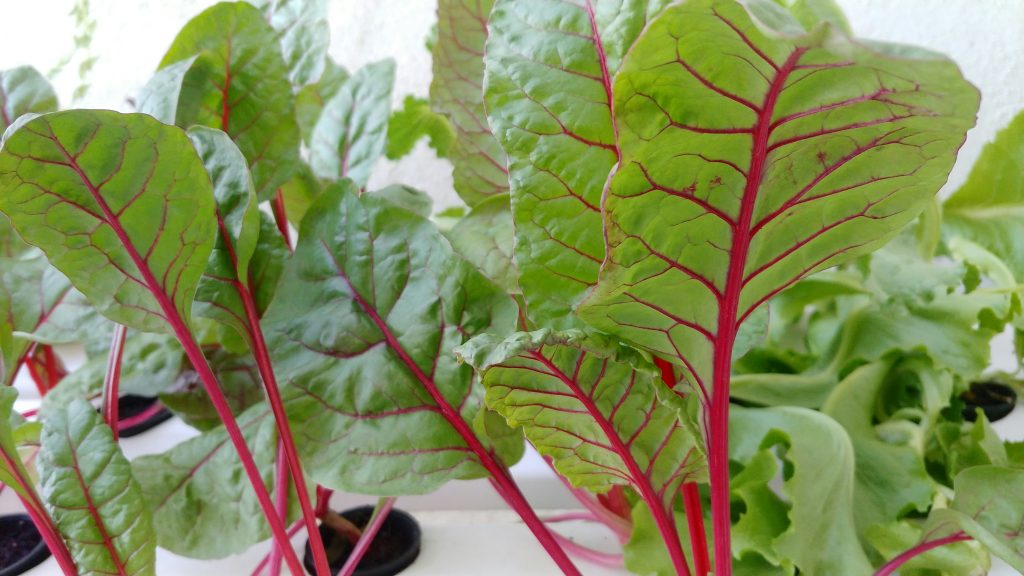
This image is property of images.unsplash.com.
Germinating Hydroponic Seeds
The germination process is a critical stage in the growth of hydroponic seedlings. There are several methods of seed germination that can be employed, each with its advantages and considerations.
One common method is using a paper towel or a piece of cloth as a germination medium. Simply place the seeds between layers of moist paper towel or cloth, and keep it in a warm and dark environment. This method allows you to easily monitor the germination progress and transplant the germinated seeds into your preferred growing medium.
Another method is using a germination tray or seedling tray filled with a germination medium such as rockwool or coco coir. This method provides a more controlled and supportive environment for the seeds to germinate. Simply plant the seeds in the tray, keep it moist, and maintain the ideal temperature and humidity.
The germination time and conditions vary depending on the type of plant being grown. Some seeds germinate within a few days, while others may take several weeks. It’s important to research and understand the specific germination requirements of your chosen plants to ensure successful germination.
Transplanting Seedlings
Once your seedlings have successfully germinated, it’s time to transplant them into the growing medium of your hydroponic system. Knowing when to transplant seedlings is crucial to ensure their continued growth and development.
As a general rule, seedlings should be transplanted when they have developed their first set of true leaves. These leaves are different from the initial cotyledon leaves and indicate that the seedling is ready for a larger growing space. Transplanting too early can cause stress and stunted growth, while transplanting too late can lead to overcrowding and competition for resources.
When transplanting seedlings, it’s important to handle them gently to avoid damaging the delicate roots. Carefully remove the seedling from its germination medium, place it into the prepared growing medium, and gently firm the medium around the roots to provide stability. Ensure that the seedling is properly supported and that the roots are well-covered to promote healthy growth.
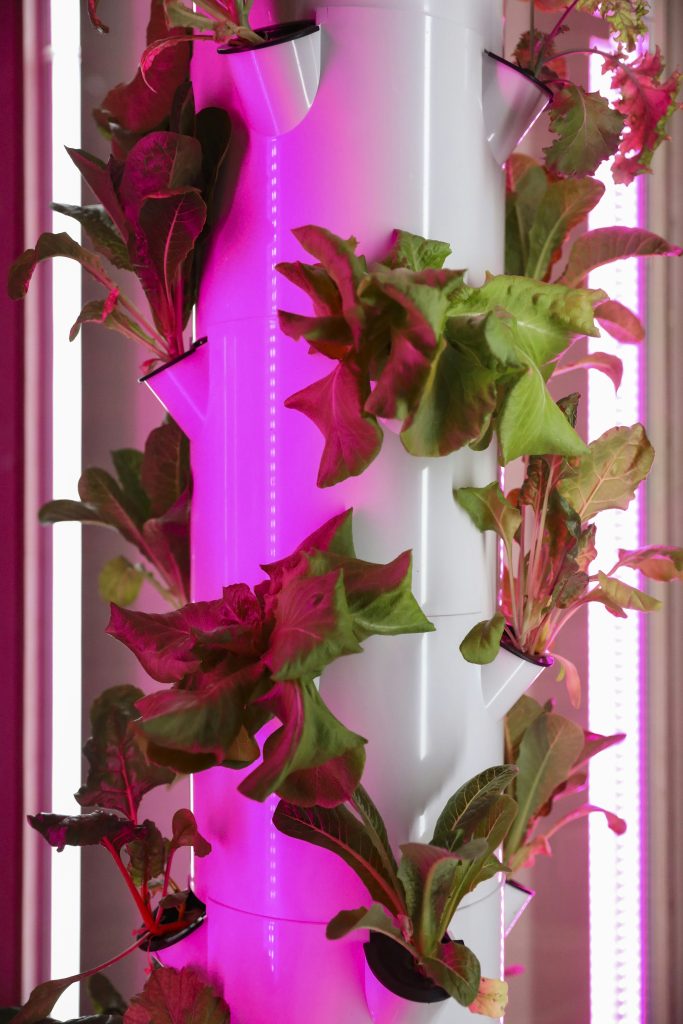
This image is property of images.unsplash.com.
Nutrient Solutions for Seedlings
Proper nutrition is essential for the healthy growth of hydroponic seedlings. Nutrient solutions provide the necessary elements for plant development and should be carefully prepared and applied.
The importance of nutrient solutions lies in their ability to provide essential macronutrients and micronutrients in a readily available form. These nutrients are dissolved in water and delivered directly to the roots of the seedlings, ensuring optimal uptake and utilization.
Preparing a nutrient solution involves measuring out the appropriate amounts of hydroponic nutrients, following the manufacturer’s instructions. It’s important to accurately measure and mix the nutrients to avoid over or under-dosing, which can harm the seedlings. Regular monitoring of the pH and electrical conductivity (EC) of the nutrient solution is essential to maintain optimal nutrient uptake.
Applying the nutrient solution to the seedlings can be done through various methods depending on the hydroponic system used. Common techniques include drip irrigation, nutrient film technique, or ebb and flow systems. The frequency and duration of nutrient solution application depend on the specific needs of the plants and should be adjusted accordingly.
Monitoring and Maintaining Seedling Health
Monitoring and maintaining seedling health is crucial for the long-term success of your hydroponic garden. Like any living organisms, seedlings are susceptible to various problems that can hinder their growth and productivity.
Some common seedling problems include damping off, nutrient deficiencies, root diseases, and pest infestations. Damping off is a fungal disease that causes seedlings to collapse and decay at the base. Nutrient deficiencies can lead to stunted growth, yellowing leaves, and overall poor development. Root diseases, such as root rot, can result in root decay and poor nutrient uptake. Pest infestations, including aphids, thrips, and spider mites, can cause damage to the seedlings and reduce their vitality.
Regular observation and inspection of the seedlings are crucial to identify and address any issues promptly. Maintaining proper hygiene, such as keeping the growing environment clean and free from debris, helps prevent the spread of diseases. Additionally, ensuring that the environmental conditions are optimal for seedling growth, as mentioned earlier, reduces the chances of encountering common problems.
If any issues arise, prompt action should be taken. This may include adjusting nutrient levels, treating for pests, increasing airflow, or providing additional support to weak seedlings. Monitoring seedling health throughout their growth cycle allows for early intervention and helps maintain a healthy and productive hydroponic system.
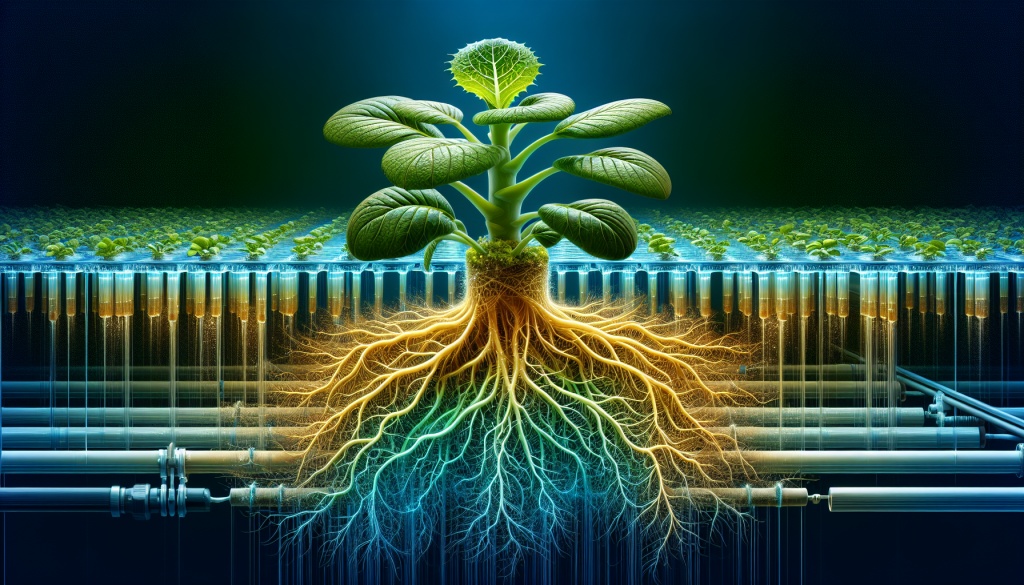
Pruning and Training Seedlings
Pruning and training seedlings play a crucial role in shaping the growth and maximizing the productivity of your hydroponic plants. Through proper pruning and training techniques, seedlings can be encouraged to develop strong and robust structures.
Pruning involves selectively removing certain parts of the plant, such as branches or leaves, to promote better growth and air circulation. By removing excess foliage, the plant can allocate more energy to developing larger and healthier fruits or vegetables. Pruning also helps prevent the spread of diseases and removes any damaged or dead plant material that can attract pests.
Training, on the other hand, involves manipulating the growth pattern of the seedlings to encourage a desired shape or structure. This is particularly important for vining plants or those with long branches that may become tangled. Techniques such as trellising, staking, or using plant clips can help support the plants and guide their growth in a controlled manner.
Both pruning and training should be done with care and consideration for the specific needs of the plants. It’s important to research and understand the pruning requirements and growth habits of your chosen plants to ensure successful implementation of these techniques.
Hardening Off Seedlings
Hardening off is an important process that prepares seedlings for the transition from an indoor or protected environment to the harsher outdoor conditions. This gradual process helps seedlings acclimate to changes in temperature, light intensity, and humidity, ensuring their survival and success in an outdoor garden.
The hardening off process typically begins a week or two before transplanting the seedlings outdoors. It involves gradually exposing the seedlings to increasing amounts of outdoor conditions, starting with short periods of time and gradually lengthening exposure. This helps the seedlings develop stronger stems, thicker cuticles, and adjust to the temperature fluctuations and wind they will experience in the outdoor environment.
To harden off seedlings, start by placing them in a sheltered outdoor area for a few hours each day, gradually increasing the duration over several days. It’s important to avoid exposing the seedlings to extreme weather conditions, strong winds, or direct sunlight during this process, as it can shock and stress the young plants. Monitor the seedlings closely during the hardening off period and adjust the exposure accordingly if any signs of stress or wilting appear.
By following the gradual hardening off process, you can ensure that your seedlings are well-prepared for the challenges of the outdoor environment. This transition sets the stage for healthy growth and successful production in your hydroponic garden.
